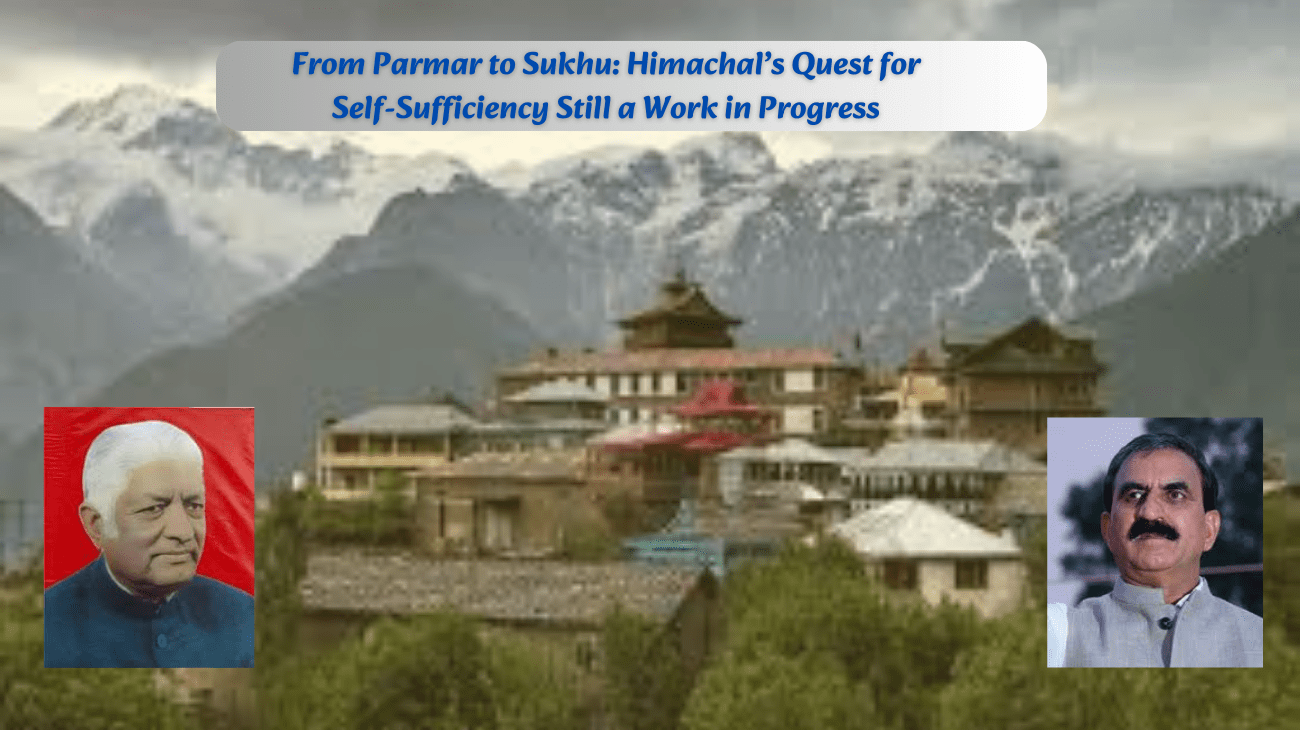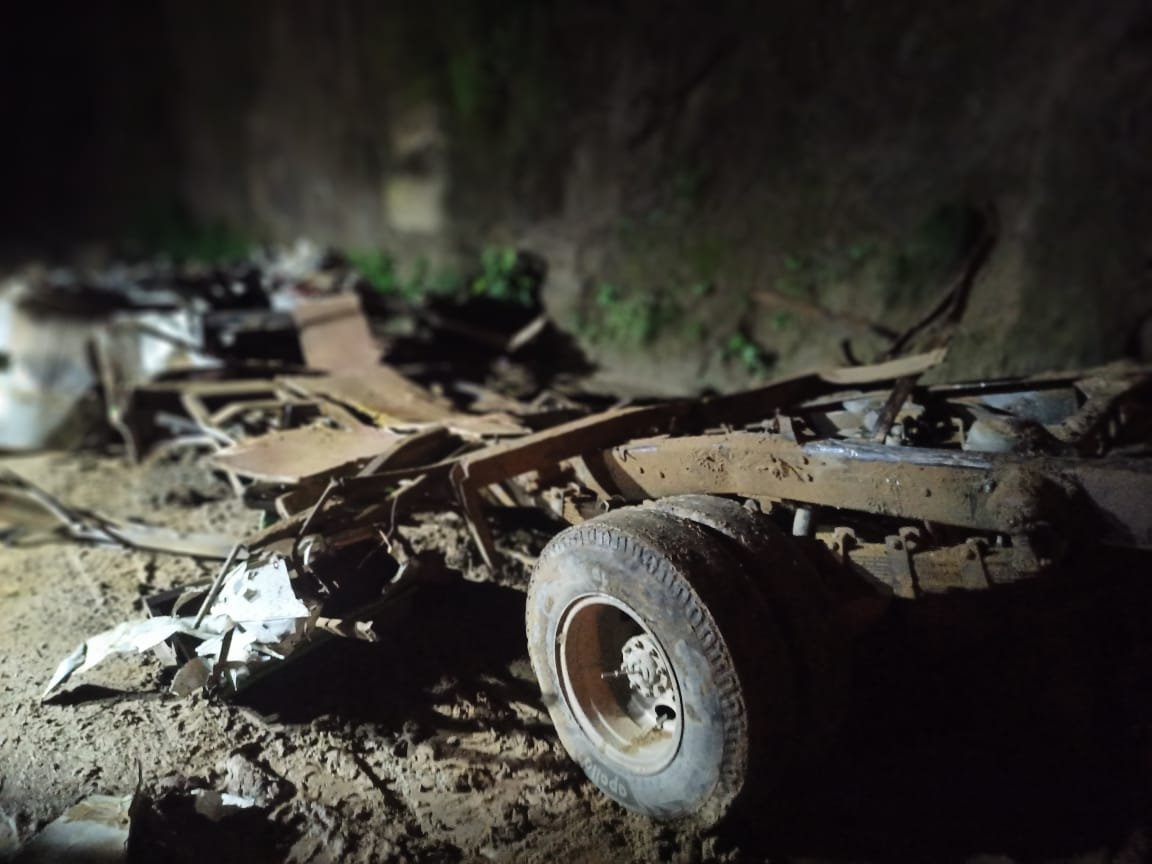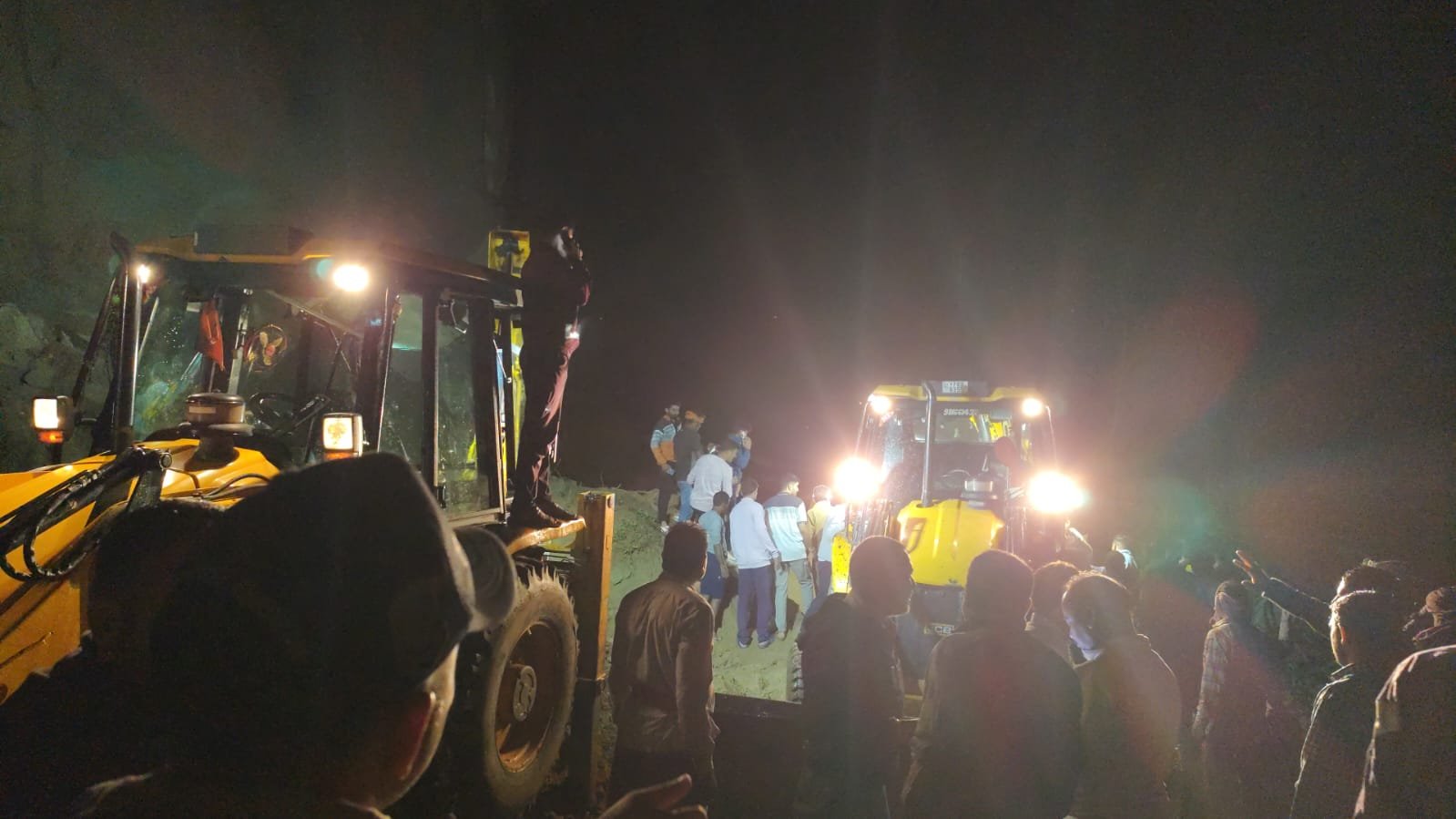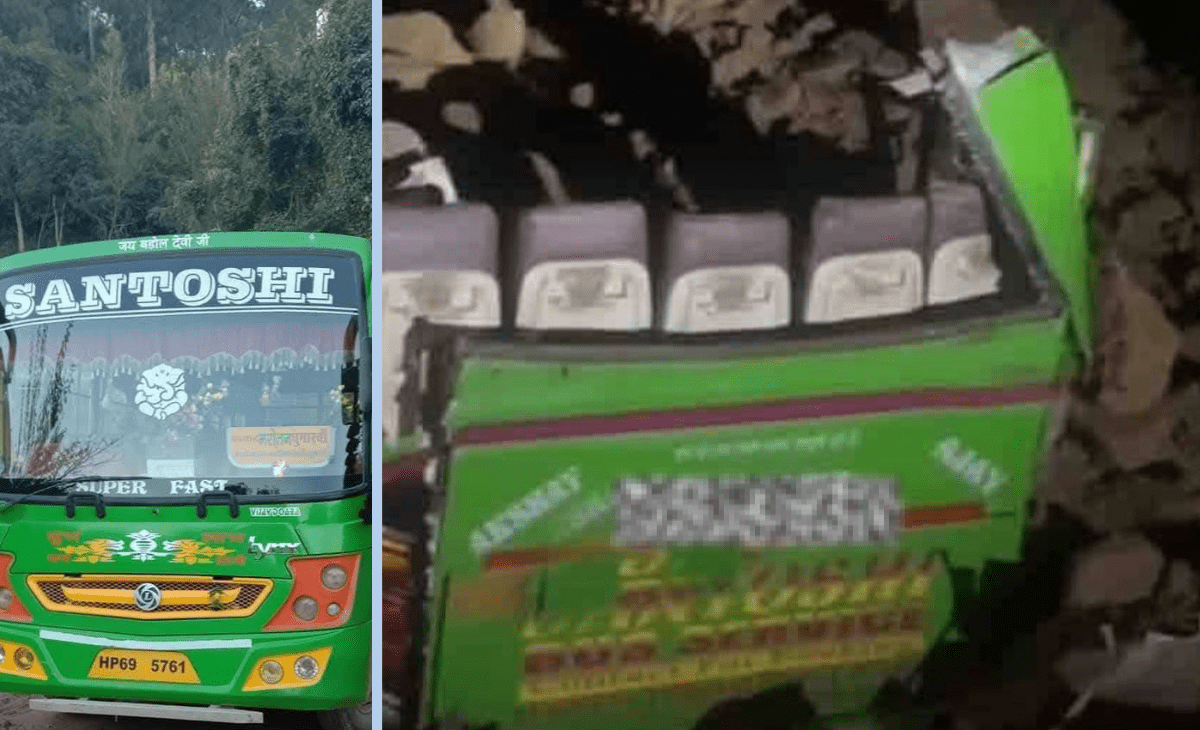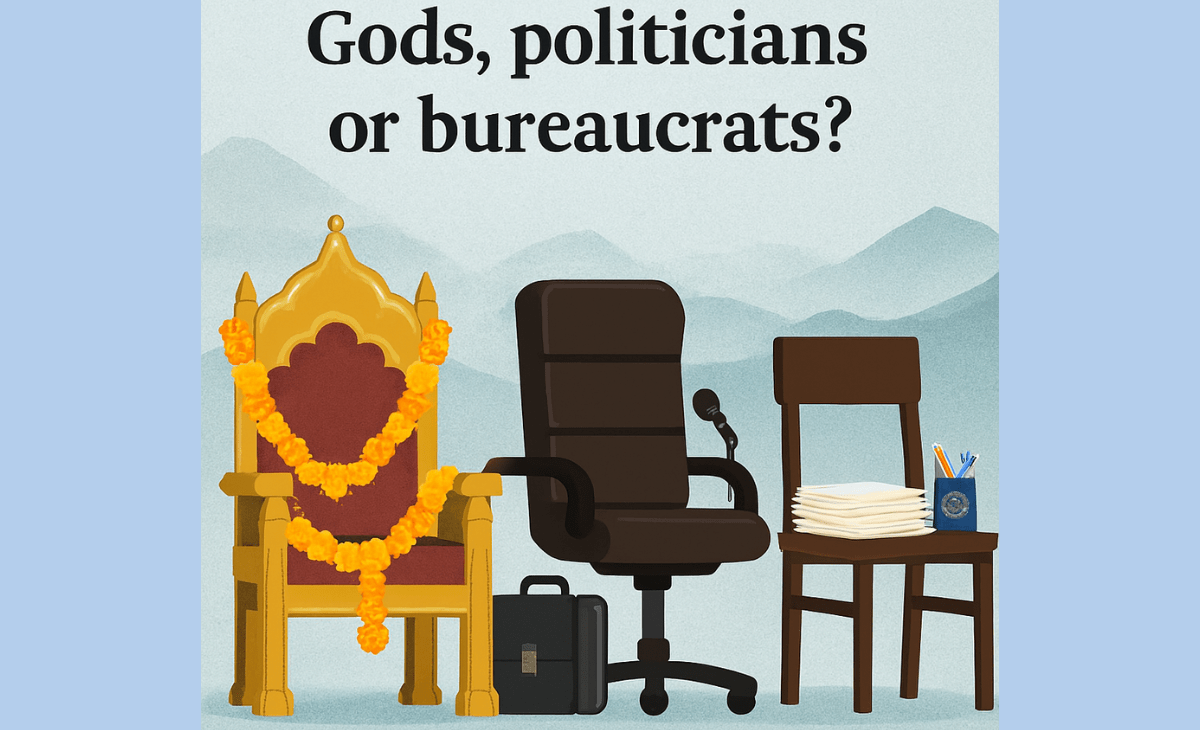Shimla: Discussions on making Himachal Pradesh self-sustainable have been ongoing for decades, but successive governments continue to grapple with financial constraints and resource mobilization.
The issue, which dates back to the tenure of the state’s first Chief Minister, Dr Yashwant Singh Parmar, remains a focal point of policy discussions even under the current Chief Minister, Sukhvinder Singh Sukhu.
Decades of Planning, Limited Execution
Since achieving statehood in 1971, Himachal Pradesh has aimed for financial independence through various policies. Dr Parmar laid the foundation for economic self-sufficiency by promoting agriculture, horticulture, and infrastructure development.
His vision focused on utilizing local resources effectively to reduce dependence on central funds. However, despite these efforts, the state has consistently relied on financial assistance from the Centre.
Then Shanta Kumar talked about the same thing as Chief Minister and raised the issue of royalty on water. Over the years, successive governments introduced policies aimed at reducing the fiscal deficit and enhancing revenue generation.
However, recurring challenges such as limited industrial expansion, difficult terrain, and a small tax base have hindered progress.
Sukhu Government’s Push for Sustainability
The present government, led by CM Sukhvinder Singh Sukhu, has reiterated its commitment to making Himachal financially self-reliant. His administration has focused on green energy, tourism, and new taxation policies to enhance revenue.
The 2023-24 budget emphasized making Himachal a ‘Green State’ by promoting electric vehicles, green hydrogen projects, and sustainable tourism.
Notably, the state has launched North India’s first 1 MW green hydrogen plant in Solan to reduce dependence on fossil fuels and create new revenue streams.
Additionally, discussions continue on maximizing hydropower potential, monetizing government assets, and expanding tourism infrastructure.
Resource Mobilization Challenges Persist
Despite ongoing talks, Himachal continues to struggle with high debt and a growing fiscal deficit. The state remains largely dependent on grants and financial support from the Centre, with limited internal revenue sources.
The Sukhu government has been pushing for additional financial assistance, arguing that the state’s geographical and economic constraints necessitate special financial provisions.
Opposition parties have criticized the government for failing to present concrete plans for financial independence.
BJP leaders have accused the Congress-led government of relying on discussions rather than action, pointing out that similar debates have continued for decades with little tangible progress.
The Road Ahead
While the conversation on making Himachal self-sustainable continues, experts believe that real change will require long-term structural reforms, including better financial management, industrial expansion, and reducing reliance on external funding. Until then, the issue remains a political talking point rather than a reality.
S Gopal Puri


